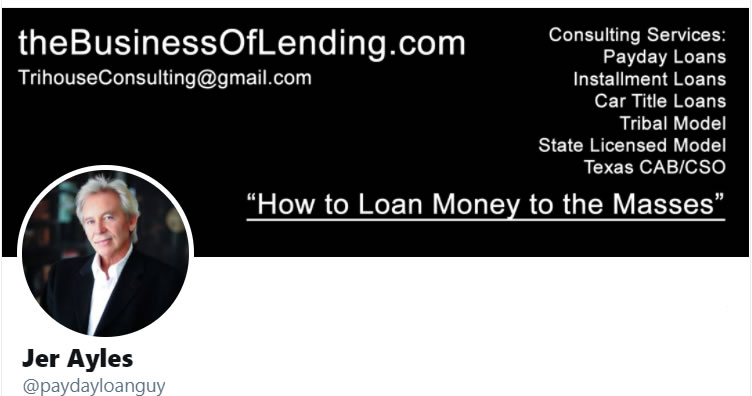As a lender, commentator, and consultant to B2C lenders on subprime consumer lending, [Jer Ayles] this Wall Street Journal article [link below] sheds light on a fascinating shift in consumer behavior, especially among those with credit challenges. is occurring!
The use of Buy Now, Pay Later (BNPL) solutions as a workaround to traditional credit reporting is a significant development. This savvy take on the phenomenon will explore the implications for consumers, lenders, and the broader financial ecosystem.
Innovative Credit Management Strategy
The Priscilla Rodriguez Paradigm: The strategy employed by Priscilla Rodriguez, using BNPL services like Afterpay for essential purchases, is ingenious. It reflects a nuanced understanding of credit management.
By keeping credit card balances low and avoiding additional credit inquiries, consumers like Rodriguez can protect their credit scores, which is essential for significant investments like home purchases.
This tactic represents a savvy financial workaround in an environment where credit scores dictate access to crucial financial resources. [Continue reading below the image.]

What is “Buy Now Pay Later?
Buy Now, Pay Later (BNPL) is a financial service that allows consumers to make purchases and pay for them over time through several installments, often with little to no interest.
This alternative payment method typically involves a quick and straightforward approval process, bypassing traditional credit checks.
Consumers receive their goods or services immediately but spread the cost over a predetermined period, usually in equal payments.
Unlike credit cards, BNPL agreements are specific to each transaction and do not revolve.
This service has gained popularity for its convenience and accessibility, especially for those with limited access to conventional credit.
Shift in Consumer Credit Behavior
Beyond Traditional Lending Norms: The growing preference for BNPL over traditional credit cards, especially for necessities like groceries, marks a seismic shift in consumer credit behavior.
This trend suggests a deepening mistrust or dissatisfaction with conventional credit card usage, exacerbated by high-interest rates and a desire for more straightforward, manageable repayment structures. BNPL, with its fixed installment payments, offers a more predictable and transparent borrowing experience.
Potential Risks and Downsides
Hidden Pitfalls: Despite its benefits, this shift isn’t without risks. BNPL services, while bypassing traditional credit checks and impacts on credit scores, could lead consumers into a false sense of financial security.
Unlike credit cards, the lack of comprehensive regulatory oversight poses potential consumer protection risks.
For instance, Paden Brown’s experience highlights the peril of high-interest rates in specific BNPL plans, which could lead to a debt trap similar to or worse than traditional credit cards.
Regulatory Response and Industry Dynamics
The ‘Wild West’ of Consumer Finance: The article rightly points out the current regulatory void in the BNPL space.
The Consumer Financial Protection Bureau’s (CFPB) intention to regulate BNPL-like credit cards is a step in the right direction.
However, the slow progress in this area leaves a gap in consumer protection.
The industry’s reluctance to uniformly report to credit bureaus further complicates this landscape, potentially disadvantaging consumers who responsibly use BNPL services to build credit.
Conclusion: A Balanced Perspective
In conclusion, the rise of BNPL as a tool for managing credit and making essential purchases reflects a significant evolution in consumer finance.
It offers innovative ways for consumers, especially those with credit challenges, to manage their finances.
However, the lack of regulation and the potential for financial overextension calls for a cautious approach.
Both consumers and regulators must strike a balance between leveraging the benefits of BNPL services and protecting against their inherent risks.
The industry is at a crossroads, and its future will significantly impact consumer finance dynamics.
4-WAYS I CAN HELP YOU
- Grab a copy of our “bible:” Learn More
- Brainstorm: Learn More
- The Business of Lending: Learn More
- Free Bi-Monthly Newsletter: Learn More





